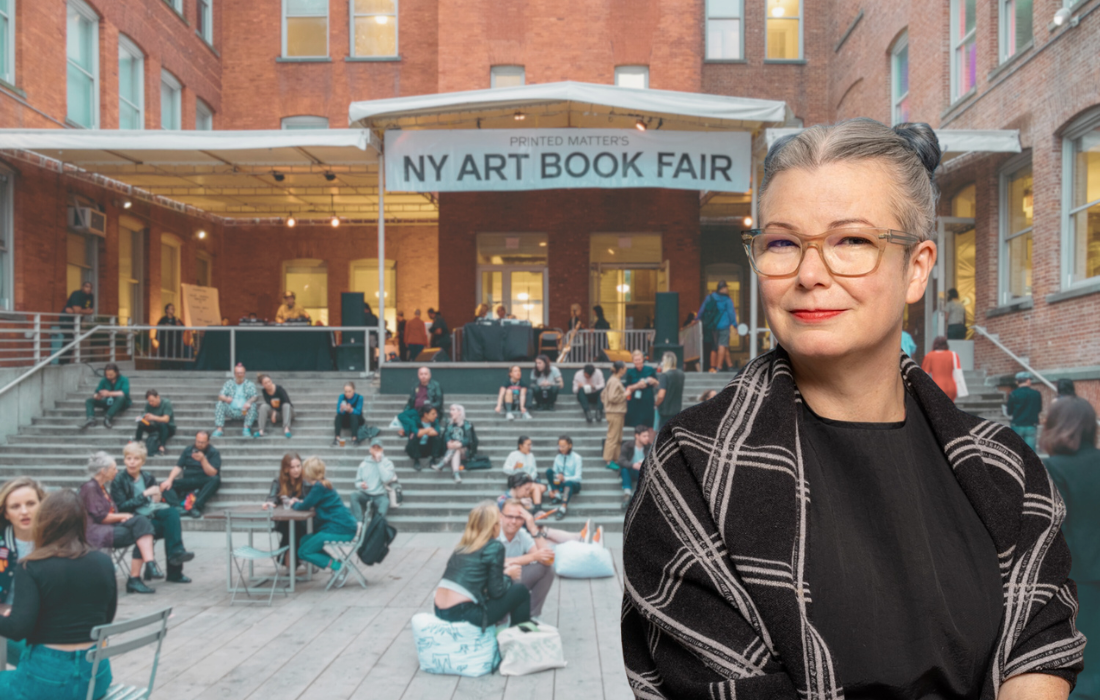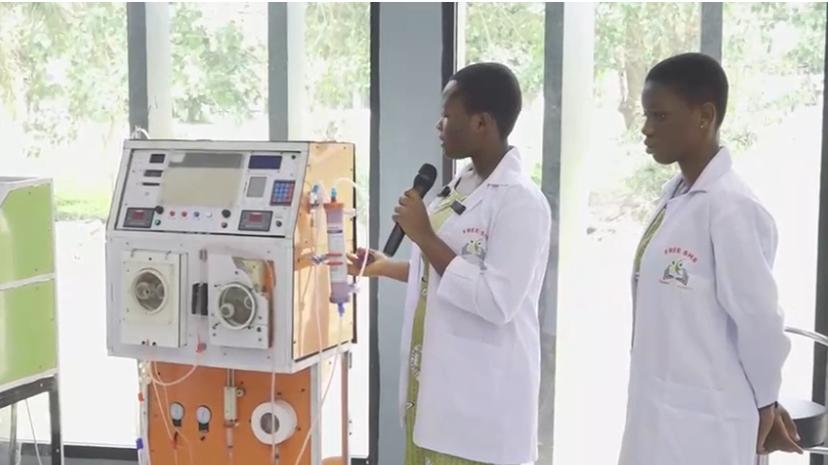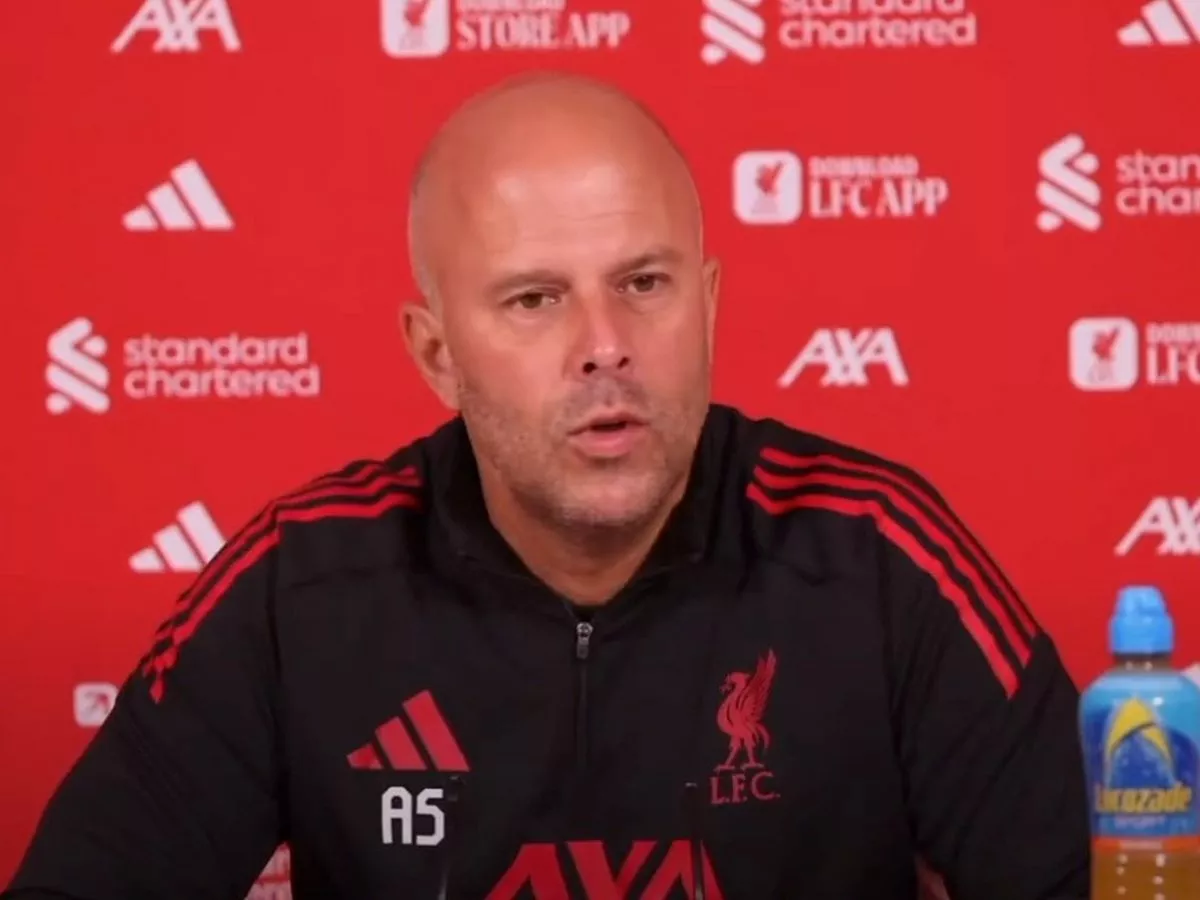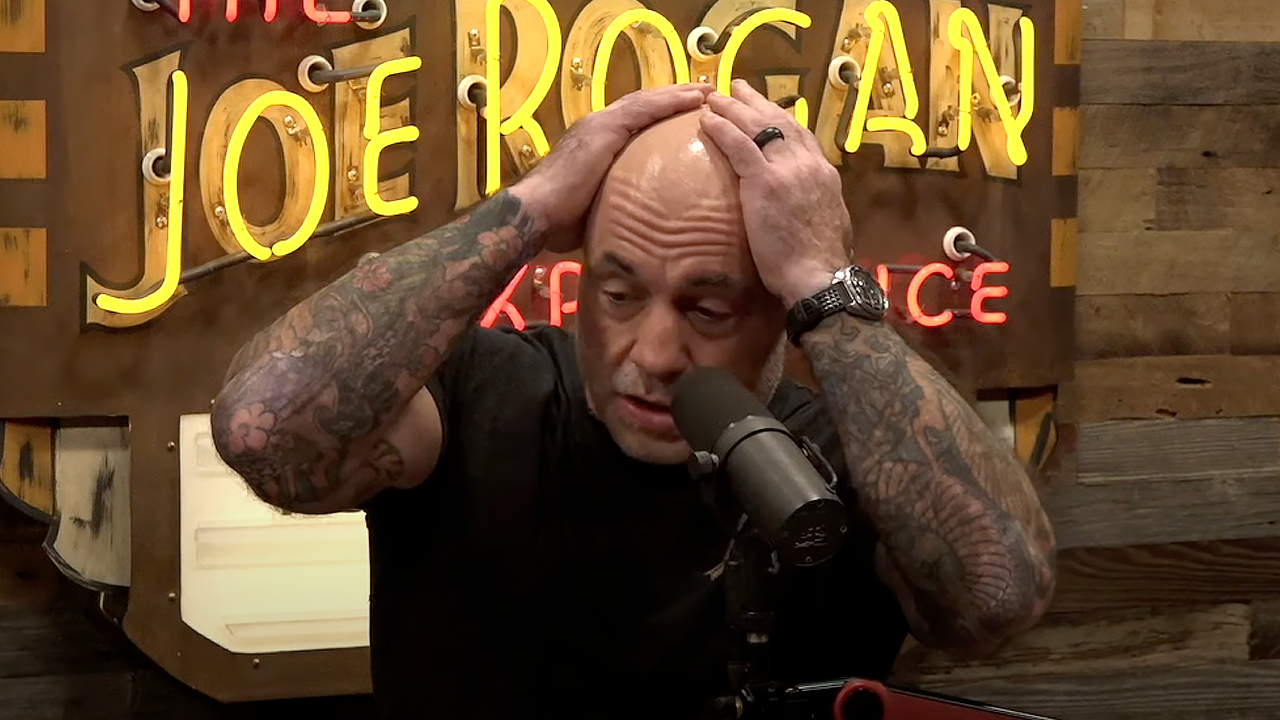By Dan Duray
Copyright observer

This weekend, the Printed Matter New York Art Book Fair returned to MoMA PS1, a homecoming welcomed by lovers of weird and wonderful books across the five boroughs. This fair of art books is a New York institution, bringing together galleries, publishing imprints, rare book dealers and freaky-ass zine makers. (I bought a book from Primary Information on Thursday by Robert Gober, wherein he used a fixed camera to document the changes he made to a single painting between 1982 and 1983—fantastic stuff. We caught up with Printed Matter’s executive director Lesley A. Martin to hear more about the fair’s grand return.
The fair is returning to MoMA PS1 after a while in the wilderness, and the PS1 years are often remembered as a formative period for the fair, when it expanded in scale and influence. How do you see the legacy of that era shaping what you’re doing in 2025? And what feels most significant to you about bringing it back to that space now?
The last NYABF at MoMA PS1 was in 2019, ten years after its move to PS1 from Chelsea and after a decade of incredible growth for independent and artists’ book publishing. It was also one in which the concept of an art book fair itself was established as an international phenomenon and critical part of the art landscape, with Printed Matter’s NYABF as the mothership of all art book fairs. So coming back feels a little bit like a return home for many of us who cut our teeth as young publishers and artists’ book aficionados during that time. As organizations, both Printed Matter and PS1 emerged from a similar moment (both were founded in 1976) in which artists and art audiences championed a radical rethinking of what art is and how we experience it—a natural fit. I think we are all interested to see how the fair at PS1 translates to 2025: how a radical, libidinal, sometimes chaotic gathering that brings together an astonishingly wide range of creative expression can fit inside the museum walls. And it’s uniquely at a time when institutions of all sizes are under tremendous, omnidirectional pressures and institutional critique. Arts organizations, exhibition spaces, libraries, archives… we are all being pushed in different ways to monitor and measure the presentation of work that audiences may find challenging.
We are incredibly grateful to Connie Butler and the PS1 team for hosting us in the spirit of a shared commitment to the artist community and to giving us the programmatic freedom that the fair requires. And, we are really excited that under the new fair director, Maia Asshaq, we can forge a new path and partnership that feels right for this time. Obviously, 2025 is a unique and different moment—post-COVID, following on from George Floyd and more recently, October 7. We are confronted with a truly demagogic and draconian cultural shift—the political movement to ban books; to actively target support for diverse voices and arts organizations that center them; to slash at civil rights; and to put a chill on free speech across the board. The list goes on, and the stakes are really high right now. We see Printed Matter and the Art Book Fair as advocates for the necessity and urgency of providing a platform for artists’ voices—voices that are committed to providing a creative counterpoint to the slide into autocracy and repression.
I’ll never forget one year when Thurston Moore did some awesome experimental noise rock over the speakers at PS1 on opening night, and people were wincing. What are some of your fondest memories from past editions of the fair, at PS1 or elsewhere?
I value the fair for the circulation of critical ideas, expressions of solidarity, new scholarship and the serious conversations taking place—all of the things I just spoke to. But, I would be lying if I didn’t admit that some of my favorite moments at Art Book Fairs past also include some of the more carnivalesque, absurdist moments, a little like the one you describe. For example, the “Zine Tornado” installation by Peter Sutherland and Maia Ruth Lee in the Courtyard in 2016. (I was tickled to see someone in an “I Survived the Zine Tornado” t-shirt at this year’s opening.) This was a project in which you donned goggles and stepped into something that looked like a phone booth, only to be immediately inundated by loose-leaf, printed pages being blown about by an intense fan—the goal being to grab as many pages as possible that you then assembled into your own zine. That casual, playground-like ethos of the fair (and very fitting for PS1) was really refreshing in a time when the art market started to take itself really seriously. Plus, the fair has always been a place of serendipitous discovery, inspiration and community. People feel comfortable interacting with one another in ways that just don’t happen in a traditional art fair like the Armory. “Art Stars,” art world veterans, art students and future art stars in the making are all hanging out and talking about their projects. Kevin Beasley, Laura Owens, Wade Guyton, Jonas Wood, Jonas Mekas, Kim Gordon, Miyako Ishiuchi, Arthur Jafa, Alec Soth, Adam Pendleton, Jenny Holzer and so many more have all strolled through or been involved in exhibiting or making projects at the fair. The DJ set you remember is most likely from 2014, and I would point out that Jd Samson from Le Tigre played before Thurston Moore, who performed in collaboration with Jamie Nares. What a lineup!
The fair has also been a place for relationships that get solidified year after year. This year, Printed Matter is really honored, for example, to launch Jason Polan: The Post Office, a posthumous new book by the artist Jason Polan, who sadly passed away in 2020—but who attended fair after fair, slowly but surely building a relationship with other artists at the fair, and with Printed Matter, and he continued those relationships even from afar by sending people art through the mail. He was an incredible artist and community builder, and his spirit continues to infuse the fair today, including in an award that Printed Matter has created in collaboration with Jason’s family, who supports an unrestricted grant to two publishers who carry on Jason’s humor, brilliance and community focused practice that he was so committed to.
The Printed Matter fair has always balanced the scrappy, DIY spirit of zine culture with the participation of major publishers and institutions. How do you navigate those various interests and make a fair that accommodates everyone?
It is a balancing act, but it also really reflects the evolving nature of artists who have placed publishing at the core of their practice and the changes to those practices over time. Printed Matter and NYABF aim to be a home for the broad spectrum of artists’ publishing communities, where everyone can find their own space within the wider tent. There are nearly 300 publishers at the fair today—how monotonous if they were all sharing the same kind of book! The artists’ book as a medium is inherently elastic, utilitarian, practical and open to interpretation—archival materials; zines; newsprint; Risograph-printed posters; print-on-demand items; artist magazines; formal, limited-edition books—they all show up and have a place at the fair. Frankly, the one thing that they have in common is something that Max Schumann, Printed Matter’s former director, and Printed Matter as an organization have consistently underscored as one critical aspect of our mission: the democratic accessibility of artworks in book form—cheap art for all. Whether it’s a $5 zine or a $500 limited edition, you can find something that you will fall in love with and take home at the NYABF.
How can fans of the NYABF continue to support artists, publishers and communities throughout the year?
This is an easy question: buy books. Buy books from artists; buy books from bookstores and online directly from publishers or artists; and buy books from people who are committed to excavating rare publication histories that survive across time and geography to speak to us right now. Get involved with arts organizations that rely on your sustenance and engagement!
You’re relatively new to your job as executive director. What themes or urgencies have you seen emerging most strongly from the Printed Matter publishing community? Looking ahead, what do you hope this fair can become under your leadership?
Obviously, it’s a critical moment for safeguarding spaces in which artists can express themselves freely and thoughtfully—an increasingly necessary fact with everything else going on. I’m a big believer in Printed Matter’s role in providing a richer context for what people will find at exhibitor tables via the special project rooms, reading rooms and archival displays you’ll find at the fair, and also at Printed Matter’s project space in Chelsea. It’s so important that we remain committed to shows like the one up right now: “¡Afuera! Publishing Queer Liberation,” alongside the incredible NYABF installation of archival materials from The Detroit Printing Co-op or the presentation by the Bread & Puppet Press in the Courtyard of the fair at PS1. We have such an important part to play in the exploration of the role artists’ books can and have played in the circulation of ideas—ideas that will continue to ground us; to push us forward; to challenge and provide points of connection when so much is pulling us apart. These are all principles that were essential to our founding—and that propel us forward as we approach our fiftieth anniversary. The Printed Matter team is so incredibly committed to these ideas—as art workers, artists and makers of books and as thinkers, curators and organizers of programming and of our fairs. If we can continue to sustain the artists’ book community outside the mainstream centers of publishing today and continue to have an impact on artists’ and audiences’ lives in a moment that is fraught with cynicism, doubt, alienation and disorientation, I feel like I will have done my job.
More Arts interviews
At Muzeum Sztuki, Daniel Muzyczuk Unites Civic Mission and Avant-Garde Vision
Inside the Vision for Abu Dhabi’s New Zayed National Museum
From L.A. to Jaipur Palace, Rajiv Menon Centers South Asian Artists
‘It Was the Greatest Adventure of My Life’: Olivier Babin and the True Story of CLEARING
Affordable Art Fair’s Erin Schuppert Explains How Next-Gen Collectors Are Transforming the Market



